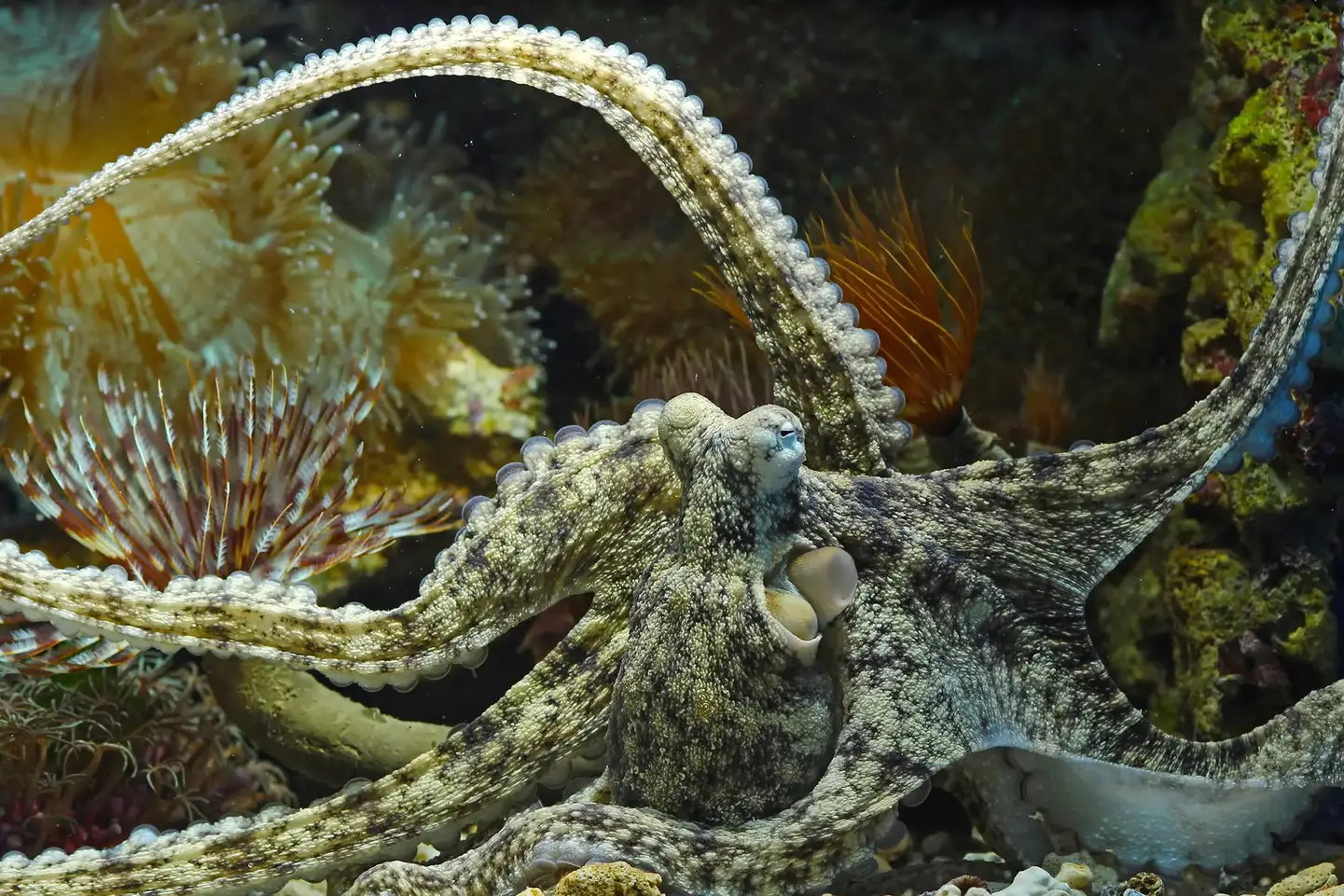Artificial cells can create energy for systems. In this type of system, the biological cells make electricity for the machines and computers. Theoretically living cells that create high-voltage electricity can use as an energy source even for cars and other large-size systems. There is no difference does the electricity for the computer or lamp come from the cells that are making electricity for electric eels or is electricity coming from the fuel cells?
There is a vision that even spacecraft can use cells that are making high-power electricity. In some visions, even ion engines of the spacecraft could use living cells that make electricity for its magnetic accelerators. And artificial cells can use as factories to create the things like medicines and proteins. The proteins and amino acids can use in nanotechnology.
Artificial cells are genetically engineered custom cells. Those cells make very complicated proteins, whose production is a very difficult operation in normal laboratories. Genetically engineered cells can create things like uracil molecules that are useful in nanotechnical gearboxes. There is a possibility that tomorrow explorers and special forces troopers have "portable gardens" where cells that are making nutrients for those people.
There is a possibility that the beef of tomorrow, made by using cell cultures. If the next-generation space explorers use meat, that is made by using muscle cells, created by cell cultures. That will make their food more diverse. The ability to create meat without using animals makes it more ecological.
"Researchers have replicated the tunable transparency of squid skin cells in mammalian cells, which can be cultured, potentially leading to better cell imaging techniques. The team at the University of California, Irvine, focused on cephalopod cells called leucophores and introduced squid-derived genes encoding reflectin proteins into human cells. By adding salt to the cells’ culture media, they observed reflectin proteins forming nanostructures that altered the cells’ opacity. The study not only aids in understanding squid biology but also opens up possibilities for advanced cell imaging strategies based on intrinsic optical properties". (ScitechDaily/Unlocking Nature’s Disappearing Act: Human Cells Decipher the Secrets of Squid Camouflage)
But the most interesting thing is the genetically engineered cells that can make targets invisible.
The squid's camouflage is outstanding, and there is a possibility that the genome that making that outstanding effect on squids can transform to the other cells. In those cases, the person wears the active camouflage suit, which involves living cells that make this type of camouflage possible.
Biological camouflage needs nutrients, that can operate. But along with cloned neurons, those things can be the next-generation tools.
It is possible to create things like wood cells that can interact with their environment like squid's cells. And things like tanks, aircraft, and why not persons can use this kind of invisibility cloak. In those cases, the object is covered by using very strong carbonite glass. And those cells that are making those things invisible are in the chamber between glass layers.
The living artificial cells can use to create invisibility cloaks that form similar to the environment. Even supersonic aircraft can have this kind of layer. The system can use the structure that pulls the glass layer away from the shell when that thing needs the 3D mode. The new biological systems where the living cells are making camouflages are the next-generation tool. And if those systems use
https://scitechdaily.com/artificial-cells-the-powerhouse-of-the-future/
https://scitechdaily.com/darpa-invisible-man-human-cells-engineered-with-squid-like-transparency/
https://scitechdaily.com/unlocking-natures-disappearing-act-human-cells-decipher-the-secrets-of-squid-camouflage/



No comments:
Post a Comment
Note: Only a member of this blog may post a comment.